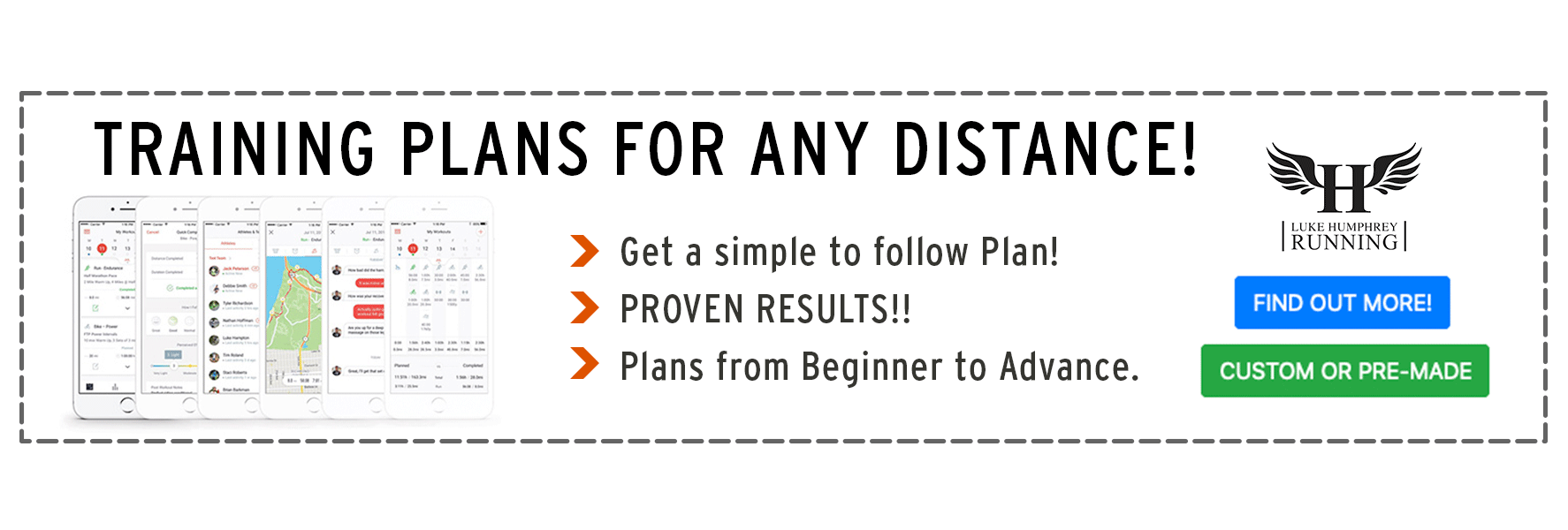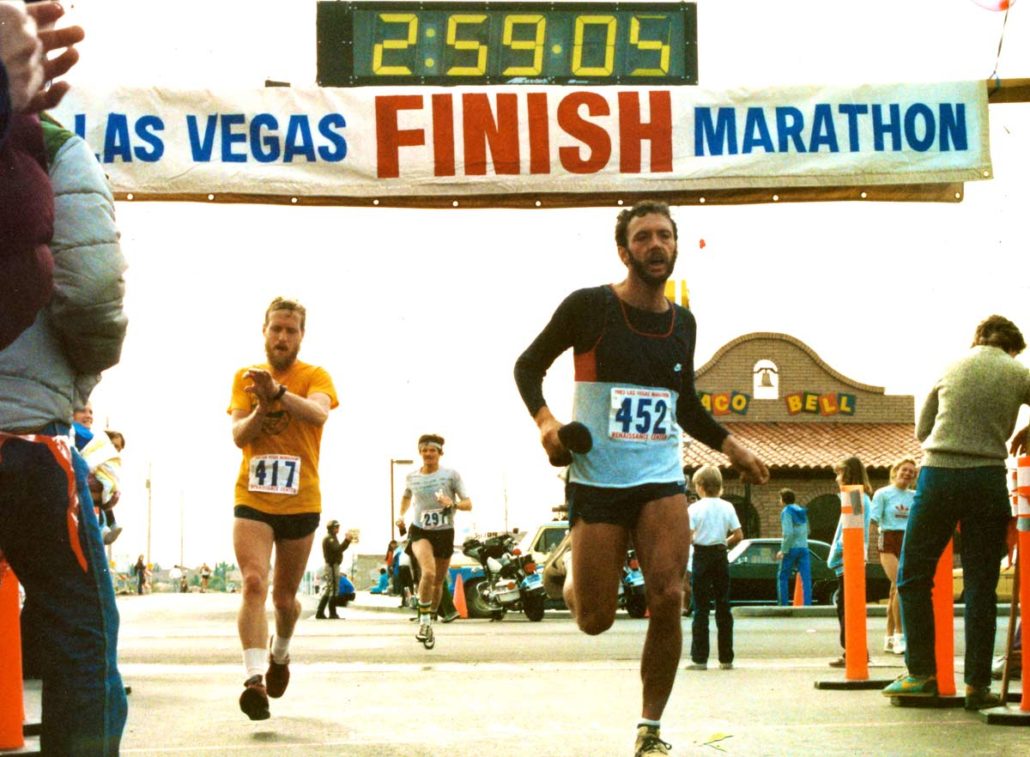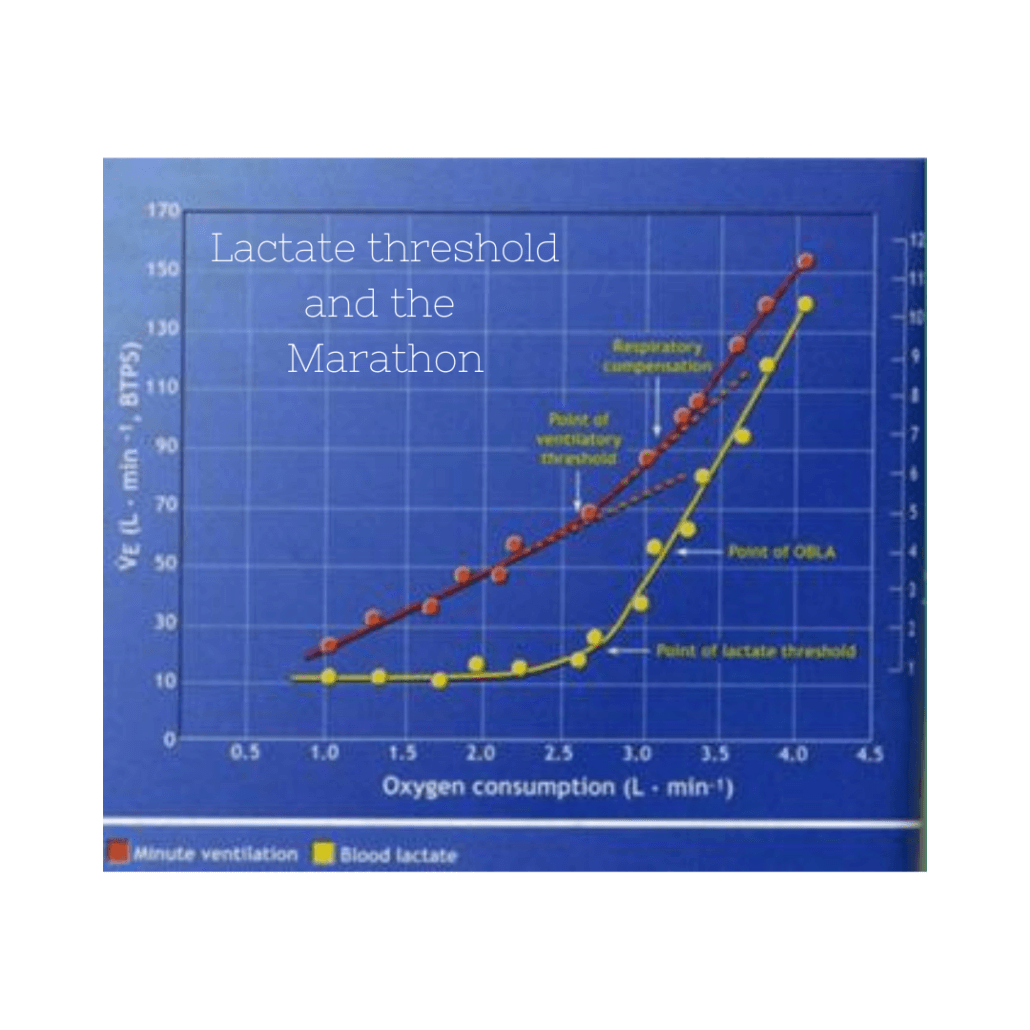Marathon Tempos: 2019 Update

Podcast: Play in new window | Download
In 2018, I did a podcast on tempo runs, and it really discusses how Marathon pace should feel. That post is still relevant and will be unless our physiology drastically change. If you haven’t read or listened yet, I encourage you to do so HERE.
Over the last several years, as more and more people have read the HMM books, some questions have arisen. I have had this discussion several times now about how the book and the plans are meant to fit a wide spectrum of people. Now as more and more people have read the books we can dive into discussions about how to make things more specific to your individual needs. So today, I want to comment on the four most common areas of specificity when it comes to the marathon tempo runs.
The first is “Small Jumps vs Big Jumps” in marathon training.
By this I mean, are you making a big jump in goal pace or are you making a small goal in pace? I would say that anything within 10 seconds per mile of what you have currently run is probably within your standard of deviation already. So, if your current marathon pace is 9 minutes per mile, then you probably hit 8:50 per mile fairly regularly in training and doesn’t represent any major adjustment to pace. However, if you ran 8:50 per mile instead of 9:00 pace, then you run nearly 5 minutes faster for the marathon!
Funny how small increases in pace over 26.2 miles can drastically change the outcome of your race…
Anyway, let’s use that same 9:00 per mile pace and now you want to run 8:30 pace. For some of you, that new pace might represent a pace that looks more like your half marathon pace than it does your marathon pace. This, obviously, is a big jump in pace and is going to drastically alter how your marathon tempo runs feel, especially the early ones. Even a four mile tempo will probably feel more intense than your speed work! I will discuss how to handle this in a minute but recognize that if you are making a big jump in pace, you’ll need to exercise a certain amount of caution and recognize that your early tempo runs may feel harder than what your later tempo runs feel.
Building on the jump in pace, the next logical step is how your early paces feel versus later tempo runs feel.
The basic assumption here is that you are coming off a rest and are now starting a buildup to a marathon.
Now, if you aren’t coming off a rest, but simply moving from one segment to another, then chances are your early tempo runs will feel easier than they should and that’s a sign of trouble.
However, that’s another discussion for another time. For now, let’s assume you are coming off rest, and are making a small jump in paces. If that’s the case, then marathon pace will feel uncomfortable, but not super taxing. This is mostly because you have slightly decreased fitness levels and this slightly above your current marathon ability. The idea that is that as your fitness improves (and it will quickly) your marathon pace will feel easier as you go on- to a point. Now, as we mentioned, if you are making a big jump in paces, the marathon tempos will feel difficult. They might even be discouraging. However, if you are committed to the goal, I say give it several weeks before deciding if it is too much. We’ll discuss ways to combat this later on.
The third area is your progression of fitness:
The whole goal with a training plan is to improve your level of fitness. So, in theory, MP should feel easier, right? For some, it might, but for most, there are confounding factors involved that will affect how you actually feel. In reality, I have only had pace feel slightly easier. What’s more important is that unless I was overtrained, I never felt worse. So, I felt roughly the same for a 10 mile tempo later in the segment as I did during a 4 mile tempo 8 weeks prior. Even more important than that, my confidence increased as I felt more comfortable (or familiar) with the new pace. Notice that I am differentiating between easier and comfortable. I find this to be true for modest increases in pace and for those who are adjusting to the bigger increases in pace.
The fourth is the effect of cumulative fatigue and its effect on your “feel” of tempo pace.
Using that early four mile tempo, it feels hard because your fitness is at a lower level. When you get to those 10 mile tempos, you are doing them with several weeks of hard training in your legs. So, your fitness may be leaps and bounds higher, but the fatigue you feel is not allowing your tempos to feel easier. Now, under normal-heavy training, tempo runs will still be hard and the first couple miles might not be wonderful, but you will settle into a pace and end up being just fine. If you are overcooked, what you’ll see is that effort will increase, but your paces will be slower and slower. If this is the case (which is usually with the “big jumpers”) then you may need to reconsider the pace that you are trying to attempt.
[yith_wc_productslider id=74766]
How do I combat this?
For big jumpers- a segment that focuses on getting other race times down
So let’s assume that you just ran a marathon and it went well. Now, you want to jump in and start training for another one, but you’ve gotten the idea to make a go at that once impossible BQ. It’s still a big jump of 15 minutes, but what the heck!
Now, I am not saying you shouldn’t. However, what I am saying that you will not want to jump right into it for your next segment. Let’s say you ran an end of April marathon and were thinking you want to make a go at it in the fall. What I will see is a lot of people will want to jump right into another marathon attempt to try and reach the deadline for Boston. For those who don’t know, if we are in the year 2019 and you want to run the 2020 Boston marathon, you need to have your qualifying time by early September of 2019. So, what we have seen is a number of “last chance” Boston qualifying races for that weekend of the deadline. The problem is this doesn’t give the person who is trying to make a big jump in performance enough time to adjust to that new level. Those just needing a couple minutes is another story. They can probably make that turnaround.
What I would propose is that the person take their recovery, then utilize the rest of May, June, July, and part of August to work on shorter races.
I don’t particularly care if it’s a 5k/10k segment or a half marathon segment, but just something that shifts the focus. The reasoning is that if the person trying to make the big jump is aiming for a new goal that doesn’t line up with anything that they have run in the past, then it’s going to be a hard go trying to run that new pace for 26.2 miles. Let’s pick, say a 10k, goal that is more in line with what would suggest that the marathon goal is possible. That way, we aren’t putting all our eggs in one basket, we are giving our body an opportunity to train at faster paces, but not be under the grind of marathon training. Then, once you come back to the marathon, the paces won’t be as daunting and you’ve hopefully increased your fitness enough to tolerate the new paces. Essentially, we have made an attempt to bridge the gap between where you are at and where you want to be.
[et_bloom_inline optin_id=optin_4]
Break up the tempo runs early, treat as rust buster workouts
This is something that I will do in many of my other Final Surge plans. Essentially, these
are soft toss workouts. Something that you are confident in hitting, but an introduction to
new marathon paces. It can be pretty simple like 6-8×800 meters at your goal marathon with short recovery jogs. Each week, simply lengthen the distance of the repeat until you get to where you are more comfortable at doing a straight up tempo run.
-
Add a day of recovery.
I am a big fan of going Monday, Thursday, Saturday or going Tuesday, Friday, Sunday. I also like our alternator and 9 day cycle to spread out your intense workouts to a more manageable recovery period.
-
Start from slower to faster (or fast to slow?)
You can employ this strategy regardless of whatever strategy(ies) you employ from above as a supplement. There are really two ways to approach. The first is to start your tempo (or marathon repeats) at your current marathon pace and progressively work towards your goal marathon pace. I personally like this method the best, as I like to have your train how’d you should be racing. However, there the other side of this, too. That would be to start at your goal marathon pace and simply hold it as long as you can. This, I feel is acceptable when you want to test yourself after a few weeks, but it’s not something I’d attempt on a weekly basis. I feel like frustration would lead to doubt and more negative self talk. Regardless, the end goal would be the same, and that would be to accumulate more time, each successive workout, at your goal marathon pace.
How am I going to go another 16 miles at this pace?
This is what I want to end with because it’s probably the biggest question I see in the Facebook group after they do a 10 mile marathon tempo. It’s certainly a valid question. I have talked about it in this post (the how do I know I am ready). However, I will say, if you are hitting your 10 mile tempos within a few seconds per mile and not adjusting any of your training to get there, then you have a good chance.
If you get through a 10 mile tempo and felt like you just raced the workout, then you might be in trouble- especially if you are trying to take a big jump.
If you get to that point where it was a hot mess or you just can’t even come close to that goal pace, then you really have some decision making to do. If you are ok with rolling the dice, then go ahead and roll the dice. However, if you are ok with splitting the difference and scaling back to a smaller personal best effort and building that bridge (rather than potentially burning that thing all the way to the ground) to BQ land then now is the time to make that decision.
Need a plan? Check out all our training plans and our Run Club





